
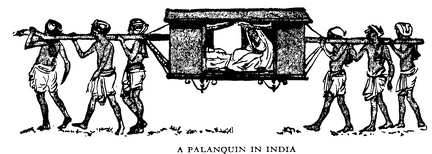 A Palanquin in India
A Palanquin in India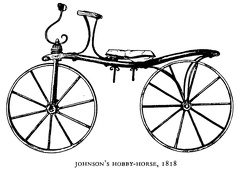 Johnson's Hobby Horse, 1818
Johnson's Hobby Horse, 1818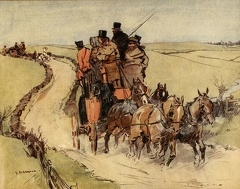 Mail Coaches Racing - Something Wrong with the Opposition Coach
Mail Coaches Racing - Something Wrong with the Opposition Coach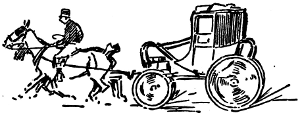 old times sketch
old times sketch Coach
Coach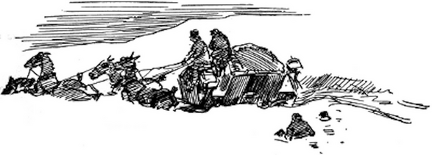 Racing
Racing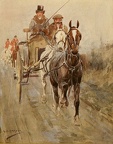 Tandem
Tandem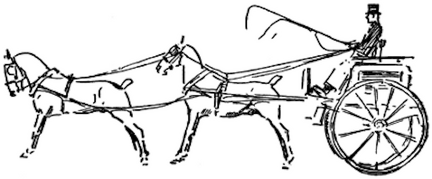 Tandem
Tandem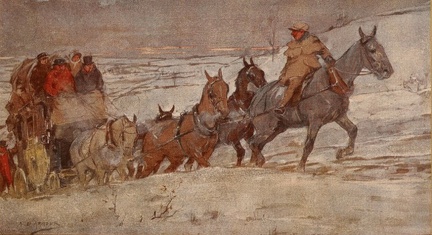 The Stage Coach - Old Times
The Stage Coach - Old Times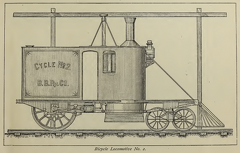 Bicycle Locomotive No. 2
Bicycle Locomotive No. 2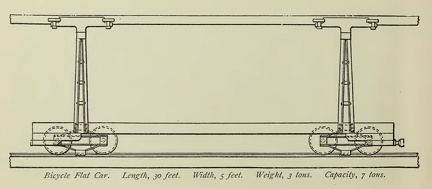 Bicycle Flat Car
Bicycle Flat Car Bicycle Locomotive No. 1
Bicycle Locomotive No. 1 Bicycle Box Freight Car
Bicycle Box Freight Car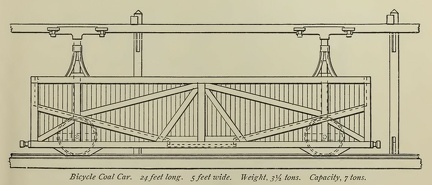 Bicycle Coal Car
Bicycle Coal Car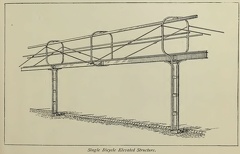 Single Bicycle Elevated Structure
Single Bicycle Elevated Structure Single Electric Bicycle Structure
Single Electric Bicycle Structure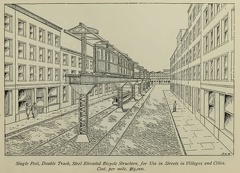 Single Post, Double track, Steel Elevated Bicycle structure
Single Post, Double track, Steel Elevated Bicycle structure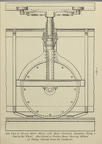 Screenshot (35767)
Screenshot (35767) Sectional View of Bicycle Motor Car
Sectional View of Bicycle Motor Car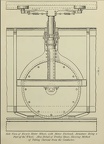 Side view of bicycle motor wheel
Side view of bicycle motor wheel Combiined Elevated and Surface Structure
Combiined Elevated and Surface Structure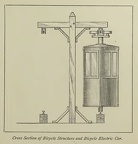 Cross Section of Bicycle Structure and Bicycle Electric Car
Cross Section of Bicycle Structure and Bicycle Electric Car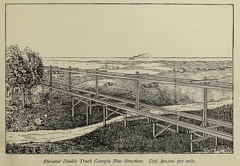 Elevated Double Track Georgia Pine Structure
Elevated Double Track Georgia Pine Structure Elevated Railroad Station
Elevated Railroad Station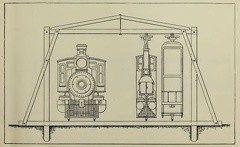 Screenshot (35750)
Screenshot (35750)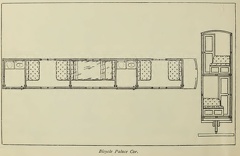 Bicycle Palace CAr
Bicycle Palace CAr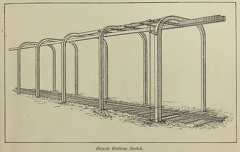 Bicycle Railway Switch
Bicycle Railway Switch Bicycle Sleeping and Accommodation Coach
Bicycle Sleeping and Accommodation Coach Bicycle sytem applied to N.Y. Elevated railway
Bicycle sytem applied to N.Y. Elevated railway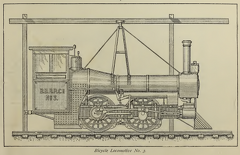 Bicycle Locomotive No. 3
Bicycle Locomotive No. 3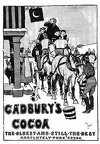 Cadburyès Cocoa
Cadburyès Cocoa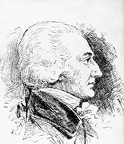 Nathan Read
Nathan Read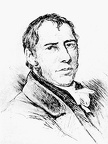 Richard Trevithick
Richard Trevithick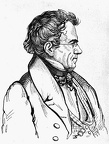 Thomas Blanchard
Thomas Blanchard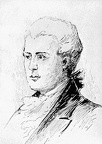 William Murdock
William Murdock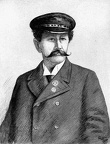 Carl Benz
Carl Benz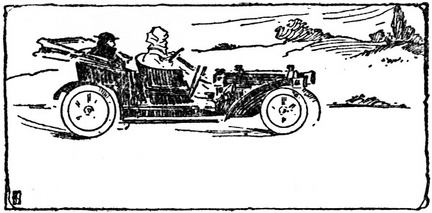 Driving in the car
Driving in the car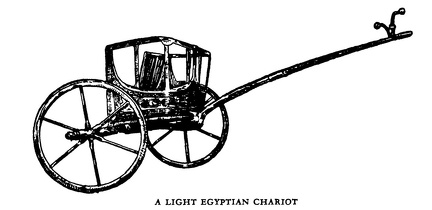 A Light Egyptian Chariot
A Light Egyptian Chariot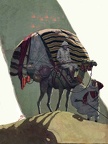 Camel
Camel Out for a ride
Out for a ride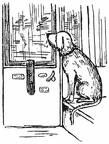 Like a genteel passenger
Like a genteel passenger The Pretty Wheelwoman
The Pretty Wheelwoman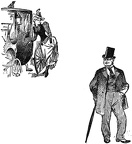 The Adventuress
The Adventuress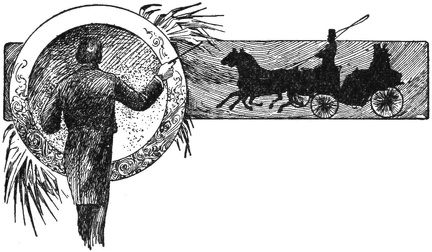 An Ideal Afternoon
An Ideal Afternoon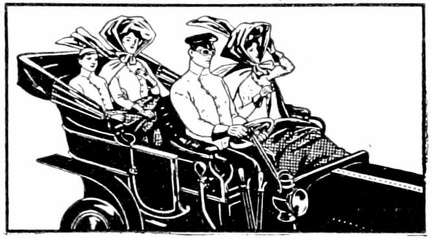 Ride in the automobile
Ride in the automobile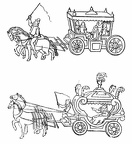 Coaches in the Reign of Elizabeth
Coaches in the Reign of Elizabeth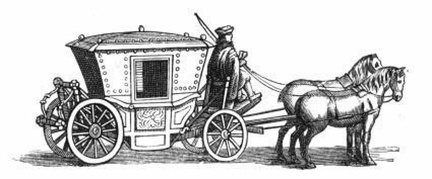 Coach of the latter half of the Seventeenth Century
Coach of the latter half of the Seventeenth Century Waggon of the second half of the Seventeenth Century
Waggon of the second half of the Seventeenth Century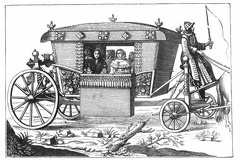 A Coach of the Middle of the Seventeenth Century
A Coach of the Middle of the Seventeenth Century Plan of a Behr Mono-Railway Car
Plan of a Behr Mono-Railway Car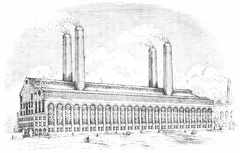 Electrical Power House
Electrical Power House The Machine, 1640-1700
The Machine, 1640-1700 Mr. Daniel Bourn’s Roller Wheel Waggon -1763
Mr. Daniel Bourn’s Roller Wheel Waggon -1763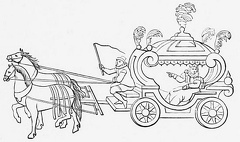 Queen Elizabeth’s Travelling Coach
Queen Elizabeth’s Travelling Coach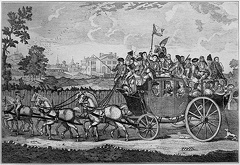 Going to Bury Fair
Going to Bury Fair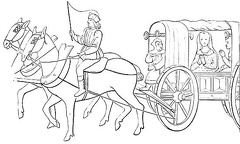 Flight of Princess Ermengarde
Flight of Princess Ermengarde Coach of Queen Elizabeth’s Ladies
Coach of Queen Elizabeth’s Ladies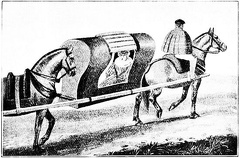 Horse Litter
Horse Litter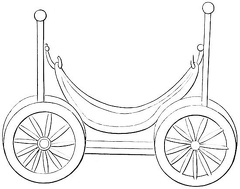 Hammock Waggon
Hammock Waggon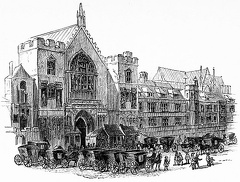 Hackney Coaches in London, 1637
Hackney Coaches in London, 1637



